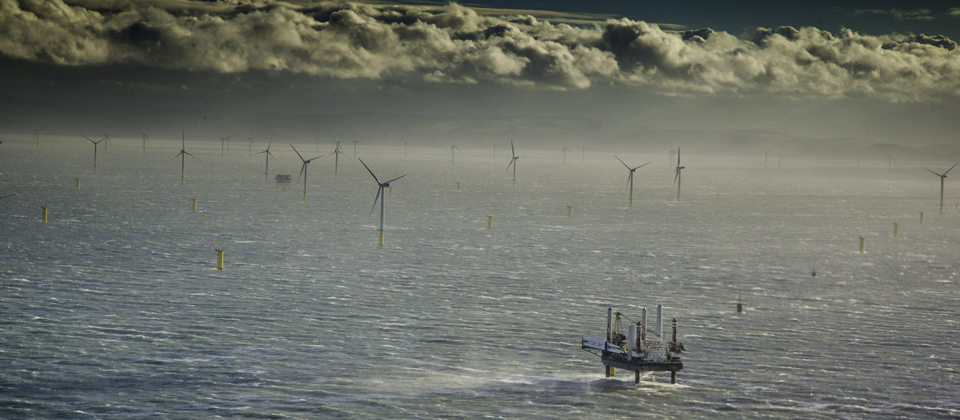
By Martin Huss, CSO, A2SEA
Northern Europe can be proud of its well-developed offshore wind supply chain. After all, it uniquely boasts a track record stretching over more than a decade, sophisticated knowhow and facilities, and last but certainly not least, a qualified workforce that has gotten its feet wet with a wide variety of turbines, foundations, wind farm locations and weather conditions.
For installation contractors such as A2SEA that have made major investments in vessels, equipment and best practices over the years, it’s time to take these assets into green fields – offering their capabilities to markets further afield and creating a win-win situation together with new entrants to offshore wind.
On the one hand, large installation contractors own a comprehensive fleet of specialised vessels and other equipment – a portion of which is available at any given time for projects beyond the normal geographic scope. On the other, regions such as France, Finland and the Baltics – or, further away still, North America and the booming markets of Asia and the Pacific – stand to reap great benefit from the learnings and investments of those who have gone before them.
Serving these markets isn’t necessarily about shouldering our way in with a “leave it to us” attitude. Instead, success is likely to require a more participative approach that embraces local legislators, communities and commercial partners.
It is also important to recognise that each market has its own unique conditions. Finland, for example, has issues with ice. The Baltics present shallower waters and lower wind speeds. And the Asia-Pacific markets such as Taiwan, Korea and Japan can be difficult for Northern Europeans to apply tried-and-proven approaches that, in part, rely on a common cultural understanding and approach to doing business.
There’s a danger to be thwarted, too, for the good of these new markets. Over-emphasis on price as the main buying criterion needs to be countered by education in the benefits of working with knowhow-heavy contractors who can apply their knowledge to achieve new and often surprising cost efficiencies.
With the value of knowhow and experience gaining the attention of buyers who may have previously focused on vessels alone, there are also advisory opportunities for installation contractors with the right profile. Here, contracts can be won for assisting with the planning and specification of large wind farm projects or local supply chain involvement.
There may be other issues on the horizon, too. Perhaps the most interesting development in line with current focus on lowering the cost of levelised energy is the renewed interest in nearshore turbine locations as opposed to deeper waters. While the stronger winds further out to sea are attractive, the associated costs and technological challenges may be cause for rethinking in some regions. At the same time, local communities who may previously have opposed nearshore presence are demonstrating everything from genuine acceptance to outright enthusiasm for their new high-tech neighbours and the decades of local jobs they bring with them. Some are even creating tourist attractions and incorporating turbines into their community identities on postmarks! This new reality is likely to impact on the way other regions specify projects, perhaps enabling 6MW or larger turbines to be placed closer to shore – with corresponding needs to develop new installation techniques.
Finally, packaging industry offerings for new markets is assisted by another key trend among both wind farm owner/operators and installation contractors: standardisation. Years of experience pinpoint the need to understand and apply known success factors, choosing projects and installation approaches that re-use best practices. In A2SEA’s case, standardisation stretches across everything from contract structures to tower sea-fastenings, safety methodologies and mobilisation procedures. Newcomers to offshore wind energy can use these packages to achieve major savings both in cost of energy and time.
The list of opportunities to capitalise on European knowhow is long and constantly being extended. One of the most difficult areas, that of incenting local communities to accept nearshore locations, is bearing fruit that’s ripe for the picking when new markets are facing their own location battles. And there is a constant flow of new design and installation technologies, too – all helping to ease the journey.
As much as we may desire to work with markets far afield there are, however, significant barriers that will keep transfer of knowhow and infrastructure at a certain level, at least for the foreseeable future. For European installation contractors, doing business in the US, for example, requires significant local ownership. It’s high time, however, to begin building bridges that will enable such transfer – and which enable positive developments in other, new markets to make strong contributions to the viability of offshore wind energy as a whole.
Like this post? Subscribe now and get notified about new content!
